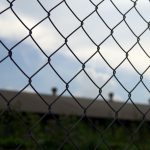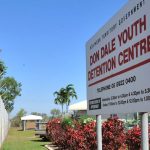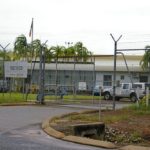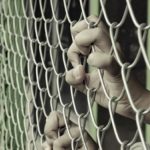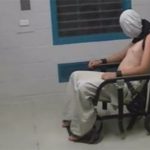The Gate Swings Back on Youth Offenders as Northern Jurisdictions Toughen Laws
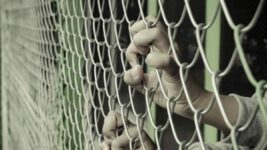
The mid-2016 revelations relating to the abuse and torture of incarcerated minors in the Northern Territory’s Don Dale Youth Detention Centre not only led to widespread condemnation, but they sparked calls for national reform in relation to the imprisonment of young people.
This mistreatment of youths by adult officers wasn’t confined to the NT. Excessive use of force and prolonged isolation emerged from Queensland’s Cleveland youth prison. There were incidents at Tasmania’s Ashley youth facility, and minors were being detained at Victoria’s Barwon adult prison.
Don Dale sparked the Royal Commission into the Protection and Detention of Children in the Northern Territory, which promised to bring youth justice reform. Although, three years on from its final report and children as young as 10 continue to be incarcerated nationwide.
And now it seems this has all been forgotten, as over the last months both Queensland and the NT have moved to enact laws making it more likely that youths will be locked up in our child prisons, and as is the case in settler colonial Australia, the overwhelming majority will be First Nations kids.
The sunshine penitentiary
Queensland passed its Youth Justice and Other Legislation Amendment Bill 2021 on 21 April. And the Palaszczuk government has made clear that the new laws – that apply to all youths in that state now and going into the future – are being enacted to target a group of “hardcore recidivist offenders”.
In order to crackdown on this “10 percent” of kid criminals, the state government has legislated for a presumption against bail for serious reoffenders, made it so the courts can seek assurance from parents or guardians prior to releasing a youth, as well as rolling out a GPS monitoring scheme.
Australian Lawyers Alliance national criminal justice spokesperson Greg Barns SC recently outlined that evidence shows electronic monitoring doesn’t reduce crime, rather it “stigmatises kids” and has been “known to cause vigilante action” against them as they’re “easily identified”.
As part of its “tough new laws”, Queensland has also strengthened the ability of police to target offenders, ensured that legislation stipulates offending on bail will lead to steeper sentences, and it’s added community protection from youth reoffenders to its Charter of Youth Justice Principles.
Don Dale continues
A Royal Commission recommendation that remains unimplemented is the closure of the high security unit at the Don Dale facility. Indeed, it came to light in 2018 that female youth detainees in the unit were being made to shower under the watch of security surveillance cameras.
And it looks likely the NT government will have an increasing need for the facility going ahead as it announced in March that it will be enacting “a suite of significant new” youth justice measures that will certainly ensure more young people end up inside.
The new laws that parliament will deliberate upon in May, include automatically revoking bail for serious breaches, expanding the range of offences where the presumption against bail applies, an expansion of GPS monitoring and permitting judges to have a list of past bail breaches.
Greens Senator Lidia Thorpe said of the reforms that they’re all about locking up First Nations kids. And she further asserted that the Gunner government should allow Aboriginal elders to be in charge of what happens to Indigenous youth.
Systemic youth justice prejudice
According to the Australian Institute of Health and Welfare, Aboriginal and Torres Strait Islander youths between the ages of 10 and 17 are 17 times more likely to be imprisoned than their non-Indigenous counterparts.
First Nations youths between 10 and 17 made up 48 percent of kids in detention nationwide in June last year, whilst they only accounted for 6 percent of the general population within this age bracket.
However, when it comes to the Northern Territory and Queensland youth justice systems the figures are even starker.
In mid-2019, every young person detained in the NT youth justice system was Aboriginal. And looking at territory government figures from last year this was also the case between June and September 2020, as well as last November.
While Queensland youth justice statistics reveal that in 2018-19, 72 percent of all young people in that state’s juvenile justice system were First Nations kids. And of them, around 80 percent were on remand, meaning they hadn’t been convicted as yet or they were awaiting sentencing.
“This whole system is set up against us – it’s part of the colonial project,” Thorpe maintained during a press conference she held in late March.
“Every law that they’ve made since it was established in 1901 has been to the detriment of Aboriginal people in this country.”


